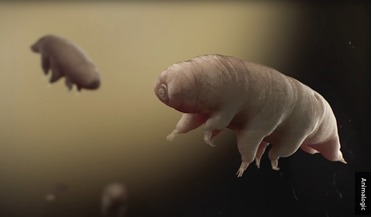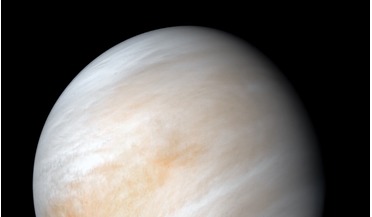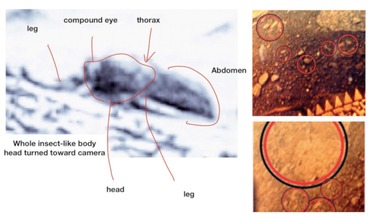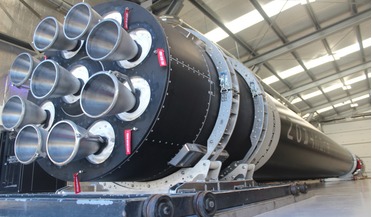 February 2022
Extremophiles as a blueprint for universal life
February 2022
Extremophiles as a blueprint for universal life
... notion that adaptation to Martian conditions may be permissible for some forms of life. Taken together, we conject that extremophiles as life sources from beyond Earth may have contributed to our biological diversity by panspermia and have followed...
 September 2016
Life in the extremes: confessions of an astrobiologist
September 2016
Life in the extremes: confessions of an astrobiologist
... from a huge range of environments for the first time. These included deep sea extremophiles, desert inhabiting extremophiles, and even extremophiles which are able to ‘eat’ cleaning products. Many people think that when you buy a cleaning...
 30 June 2021
Life as we know it is not possible in Venus' clouds, new study says
30 June 2021
Life as we know it is not possible in Venus' clouds, new study says
... might be hiding; be it a blisteringly hot habitat, or a freezing cold landscape. But it seems that despite the ability of extremophiles to live in extreme environments, the thick, poisonous clouds of Venus are just too much as scientists now have...
 20 November 2019
Insects on Mars, fungi on Venus. Evidence is presented for life on our neighbouring planets
20 November 2019
Insects on Mars, fungi on Venus. Evidence is presented for life on our neighbouring planets
... planets being seeded with life. These include; extremophiles attached to dust particles which are then lofted ...still provide a habitable environment for a variety of hyper-extremophiles which might be continually arriving from Earth. However, states...
 October 2018
Could salty brines be the key to microbial life on Mars?
October 2018
Could salty brines be the key to microbial life on Mars?
... populate the kinds of low temperature and low water activity environments that occur on Mars. These microbial extremophiles therefore are the kinds of organisms that satisfy our ‘single organism’ definition of habitability. It is likely therefore...
 17 August 2020
Upgraded Electron rocket will be heading to Venus says Rocket Lab's CEO
17 August 2020
Upgraded Electron rocket will be heading to Venus says Rocket Lab's CEO
... a specific transition region in Venus’ atmosphere, which the CEO says has been hypothesised to host life or “possible extremophile kind of life” at an altitude 50km above the planet’s hot and inhospitable surface. Venus has not always...